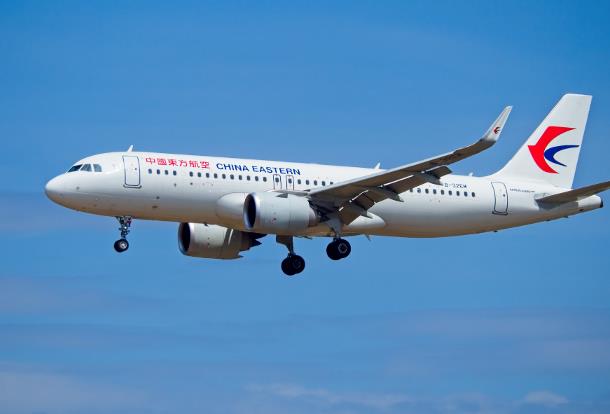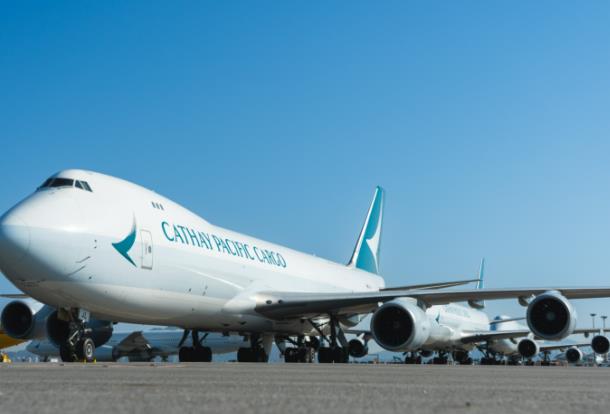We live in an age of technological acceleration where new ideas, new channels and disruptive technologies appear to be coming at us exponentially faster.
The two most commonly cited answers to the challenge of dealing with the resulting shortened product and technological lifecycles is to ‘disrupt yourself’ or to ‘innovate more’. Both are two sides of the same coin called ‘innovation’.
But what exactly is innovation? There is a plethora of opinions regarding innovation and why it is important. Innovation is about novelty and new ideas, about how we might create new products or services, business models or processes. The ability to develop new ideas and innovations is seen as a priority for many brands.
What most people think of as ‘innovative’ or ‘disruptive’ focuses on maintaining what we already have and then delivering incremental improvements. We create improved products and as well as the methods to market them, not disrupt.
Indeed, even those brands touted as ‘disruptive’ may not be so. Clayton Christensen, the Harvard Business School professor who coined the term ‘disruptive innovation’ in his bestselling book, The Innovator's Dilemma, claims controversially that Uber is not disruptive but innovative, but that Netflix truly is disruptive.
I believe that understanding innovation has to be a critical focus for every airline and managing and understanding innovation will increasingly become the challenge and test of an airline’s value in the marketplace.
An ‘Innovation Mindset’ provides airlines with the tools and methodologies to transition their offering to a higher value market. However, few airlines know how to effectively ‘do’ innovation. And, I think there are a number of reasons why innovation is problematic – and will continue to be so:
• Fear of Failure: We are risk-averse and if we fail, we won’t get the promotion, or we will invest too much of our time, or too much money.
• Heuristics: These are human decision making strategies that we derive from previous experiences with similar problems or challenges but are subject to all sorts of cognitive biases. If our experience is rooted in a world that is linear then our ability to make heuristic decisions about technologies that are growing at an exponential pace will be impaired.
• Customer Blindspots: We are told to be close to the customer, but people are not often the best judges of their own future tastes. Focusing on the customer’s desires may not always yield robust advice.
• The Innovation Cliché: Our paradigm of innovation is dominated by the notion of the sole inventive genius who creates something out of nothing. Total nonsense. Neither the snap judgements of intuition or the lone boffin working away in isolation for years are rarities in the history of world-changing ideas. James Watt did not really invent the steam engine, or Thomas Edison invent the lightbulb or even James Dyson create the vacuum cleaner! Steven Johnson, author of ‘Where Good Ideas Come From’ points out that the majority of breakthroughs from the spinning jenny to the sequencing and mapping of DNA - emerge in collaborative environments.
So, how do you innovate? Having worked on numerous innovation programmes inside and outside the travel business, here are five strategies I recommend you adopt:
• The ‘Innovation Mindset’: The right way to address the problem is to create, build and maintain an innovation organisation is to know what ‘innovation’ means and understand the dynamics of innovation. Thus, innovation becomes a culture based on attitudes, practices and mindsets – not a role that somebody has.
• Innovation as a ‘Business rather than as a Function’: Management guru, Peter Drucker, says that we must see innovation as a ‘business’, and to do this, it often has to be set-up outside existing structures as an autonomous unit with the right environment, the right incentives and the right culture.
• Think ‘Experimentation’ instead of ’Success’: A strategy for innovation has to be based on a clear acceptance of the risk of failure. Amazon run thousands of experiments per month and use A/B testing of key features that are core to the business and then choose the ones that perform best. Many tests don't work but they are informative and useful nonetheless.
• Think Collaboration Internally and Externally - not ‘Lone Ranger’: While many great product concepts are developed by a single employee in a cubicle, transitioning concepts to products in order to bring them to market requires collaborative efforts both internally in the business and externally with market participants. As Steven Johnson points out, the great innovation question is whether large organisations can better harness what he calls the ‘innovation turbine’ – all the people, start-ups and universities working on innovation, and tap into these flows to fundamentally alter the cultivation and promotion of good ideas.
• Use Agile Frameworks that work elsewhere: Innovation and experimentation are about methods and processes. Here are two of the best that I’ve been particularly inspired by:
a. Google Ventures Design Sprint Methodology: This is a framework for teams of any size to solve and test problems in five days, ensuring the team is putting its time, talents and energies on rapid prototyping and focusing on customer feedback as part of the process. It not only improves the selection mechanism, but also shortcuts the endless debate and groupthink to compress what traditionally would have been months of time into just a week. Design Sprints are perfect starting points when kicking off a new feature, product and business or solving problems with an existing product.
b. The 5-5-5 Program: Michael Schrage, a Research Fellow at MIT's Sloan School, has developed a programme called the 5-5-5 Program, with the basic idea being that you break your company (division, group, etc.) into teams of five people and ensure that there is a big diversity in each team in terms of gender, age and expertise. Next allocate a budget for each of the teams – from USD 500 to USD 5,000 as an amount of money each team will spend during this program – enough to try a few experiments. Finally, give the teams a short amount of time to run a number of experiments to see if their idea gets traction. The amount of time is sufficiently short such that there are no negative consequences on jobs or careers if nothing useful comes about.
Finally, I think the best ‘Innovation Mindset’ for airlines might be found outside of the airline industry. Instead, we should be looking at the two metaphorical guys or gals in a garage. They have nothing to lose but if they win, they might win big. Maybe airlines should try to find them, emulate them, partner with them or even hire them!




